Hey Everyone, welcome back to Technique Tuesday.
I have been crazy busy getting ready for CreativFestival which is only a few weeks away. There will be several new patterns at the booth along with all of the old favourites. I hope you have saved the date – October 24 – 26.
But that’s not really what today’s post is about so I will get on with it and talk about stabilizers.
What is a stabilizer?
A stabilizer is a type of interfacing, for lack of better word, that is affixed to the back of the project to add stability for stitching or embellishing. The stabilizer gives the piece another layer of stiffness and another layer of fibre for the stitches to grab onto.
Those of you who do any machine embroidery will be very familiar with them.
Why use a stabilizer?
Using a stabilizer behind stitching such as for an appliqué design helps to anchor the stitches in place better, makes them smoother and maintains their evenness.
There should be no V notching in the back of the blanket stitch when a stabilizer is used which can result in an uneven stitch on top. If there is still V notching then the tension needs to be adjusted. V notching can also occur if you turn the fabric in mid stitch which is what I expect has happened in this photo below.
When couching fibres on top of a piece the stabilizer just adds another layer of thickness allowing for better anchoring and tension of the zigzag stitch.
Seamstresses use stabilizers called interfacing to create stiffness in garments for the cuffs, collars, buttonholes and other areas. Costume designers probably buy it by the rolls.
How to use a stabilizer
A stabilizer can be left in a project, torn away afterwards or even washed away once the stitching is completed. I tend to stick with the leave in or tear-away products although I have used wash-away for creating some thread play embellishments. I’ll go into those in another post.
Over the next few of weeks I will highlight the different stabilizers, how to use them and where they can be used. I’ll start today with the tear-away option.
Tear-Away Stabilizer
I use tear-away when I don’t want to leave anything in the quilt. It does not have a fusible side and needs to be pinned to the back side of the quilt in the area that it is being stitched.It feels a lot like a soft paper.
After pinning the stabilizer in place, stitch around the appliqué pieces with an appliqué stitch. Here I used the blanket stitch.
The down side to tear-away is that it does have to be torn off afterwards which isn’t that hard to do just a bit time consuming. If tiny bits of it are left in around the stitching that is okay. Some of them tear better in one direction than the other.
I also use it to build art quilts on, such as Diverse Light and Sea Serpent. Once all the layers are built then the tear-away is torn away from the back of the quilt. You can even draw the design on the stabilizer to know where to place the pieces. They are a bit faint in the photo but you can make them out.
Since everything was looking very white in this post I thought I should leave you with a bit of colour. This is the front of the piece above which isn’t finished and part of my UFO list. It is a design from a colour class I took with Gloria Loughman several years ago when living in Australia.
There are so many of these tear-away stabilizers on the market that I suggest buying small amounts of a few and testing to see which one you like the best. Some come by the metre while others on a roll or in a package of sheets. All do the same thing it just comes down to personnel preference as to the one you like best.
Do I have a favourite? Yes, and it is the one Gloria Loughman uses – unfortunately I have no idea what it is called. Sorry. I will have to send her a note and ask. I am also pretty sure it is only available in Australia. Don’t despair though there are many products here in North America to choose from which I am sure work just as well. I’ll be checking them out when I run out of the tear-away I have.
Join me next Tuesday to learn all about leave-in stabilizers.
Happy Quilting!


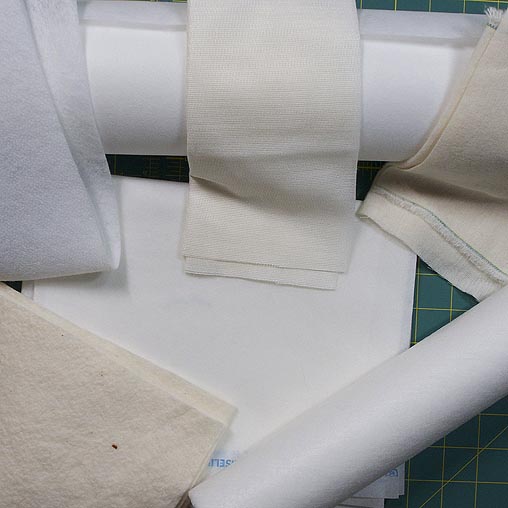

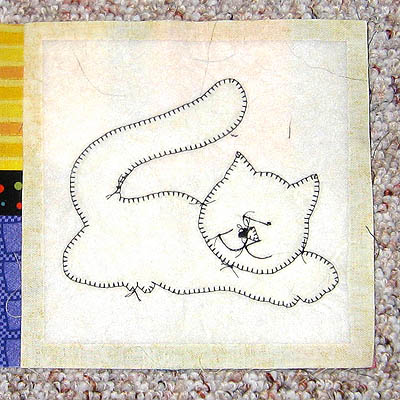
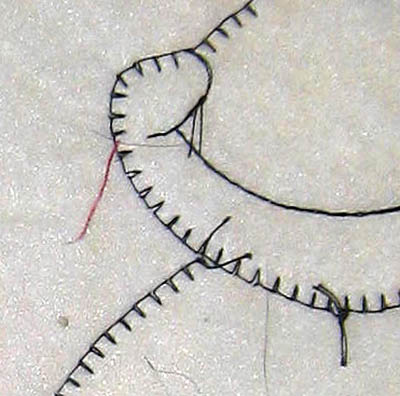
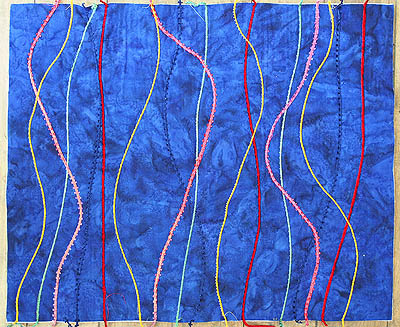
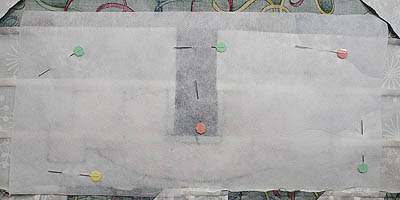
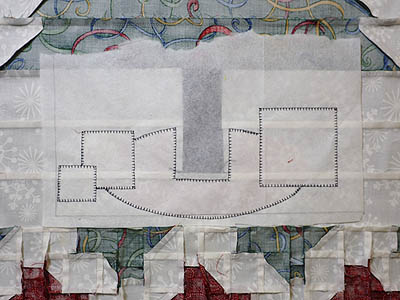
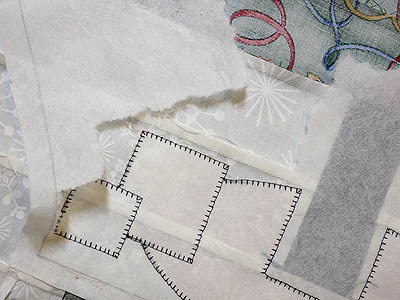
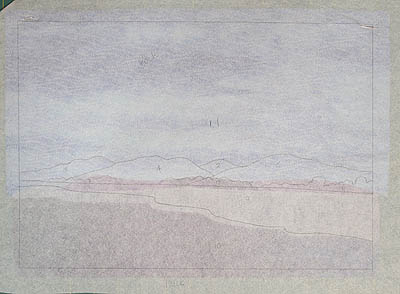
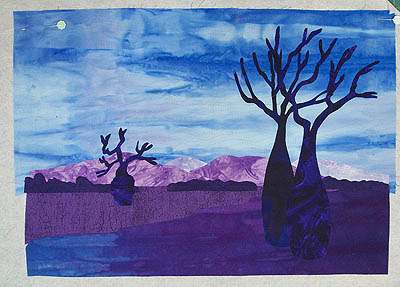

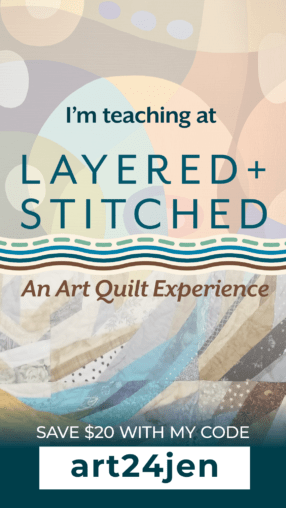

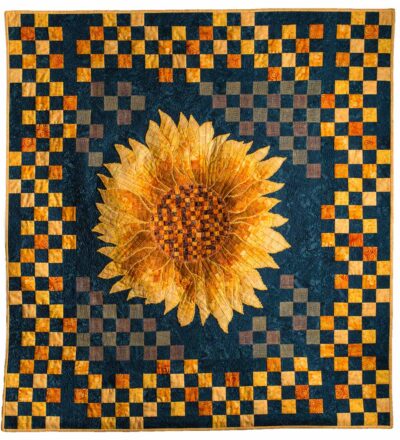
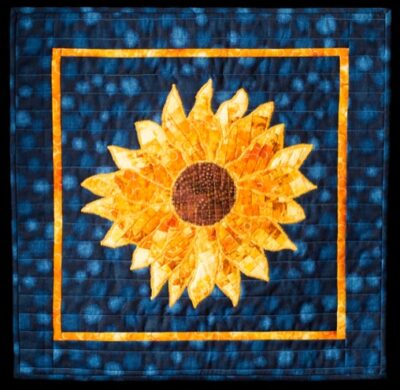
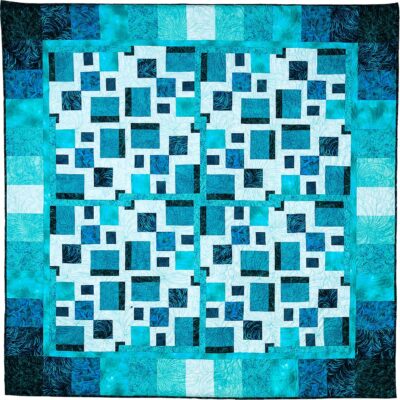
Thank you for this very clear explanation of the use of stabilizers. I was in a quandary regarding the term “tear away” used in the description by the manufacturer and the instructions to leave it in the quilt.